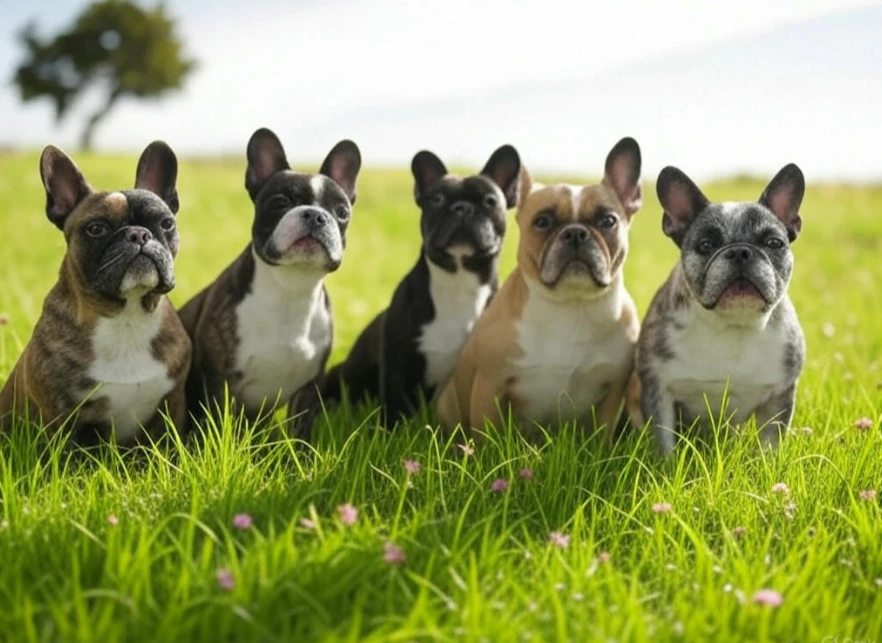
French Bulldogs, often called Frenchies, are one of the most popular dog breeds in the United States. Their distinctive bat-like ears, compact bodies, and playful personalities make them a favorite choice among dog lovers. However, one of the most fascinating aspects of this breed is the variety of coat colors they can have.
While some colors are officially recognized by the American Kennel Club (AKC) as standard, others are considered rare and are often more expensive. The genetics behind these colors are complex, with different gene combinations influencing coat shades and patterns. Whether you are looking for a show-quality French Bulldog or simply interested in the diversity of colors, understanding the different variations can help you make an informed choice.
According to the AKC breed standard, the following coat colors are considered acceptable for competition:
These standard colors are widely seen in AKC-registered French Bulldogs and are preferred by breeders who focus on maintaining the breed’s traditional look. However, many other unique colors exist beyond these recognized shades.
Brindle is one of the most common coat patterns in French Bulldogs. These dogs have a dark base coat with lighter fawn hairs interspersed throughout, creating a striped or speckled effect. Brindle Frenchies can range from having faint streaks to almost entirely dark coats.
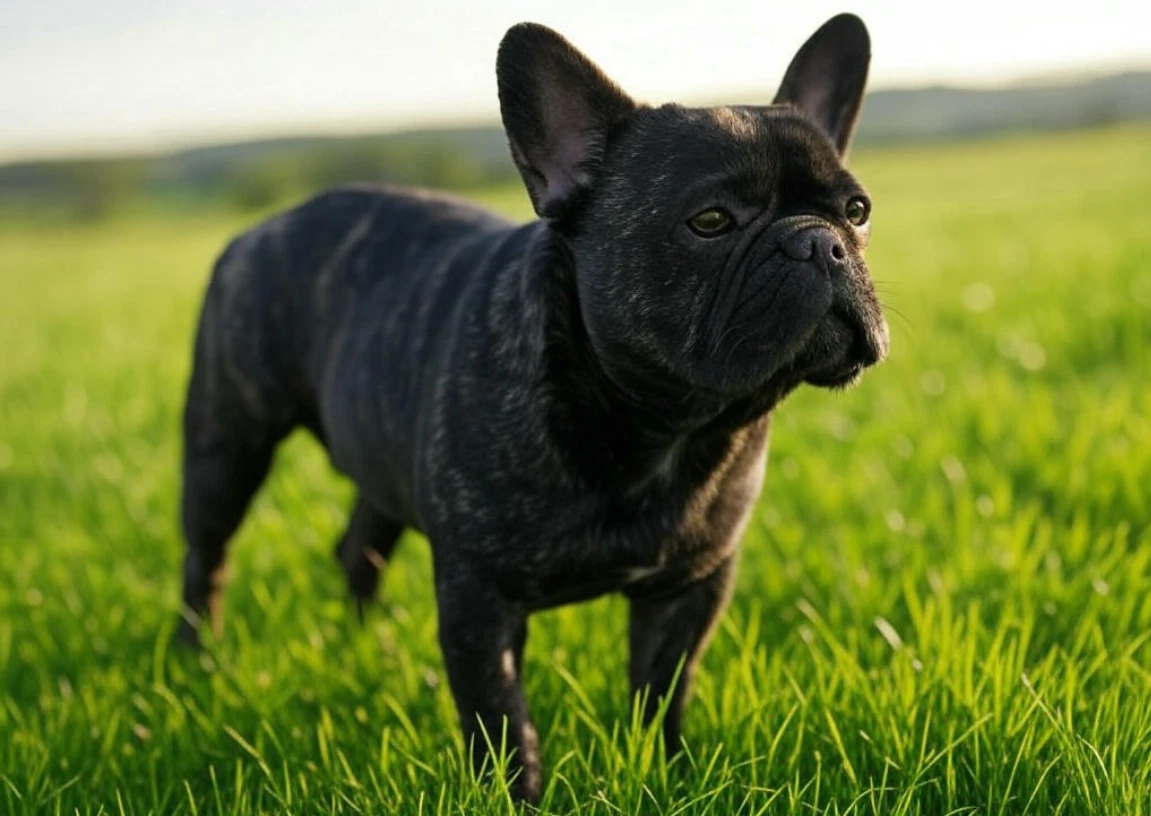
Cream-colored French Bulldogs have a smooth, solid coat that ranges from off-white to pale yellow. Unlike white Frenchies, they often have dark noses and eyes, which contrast beautifully with their light fur.
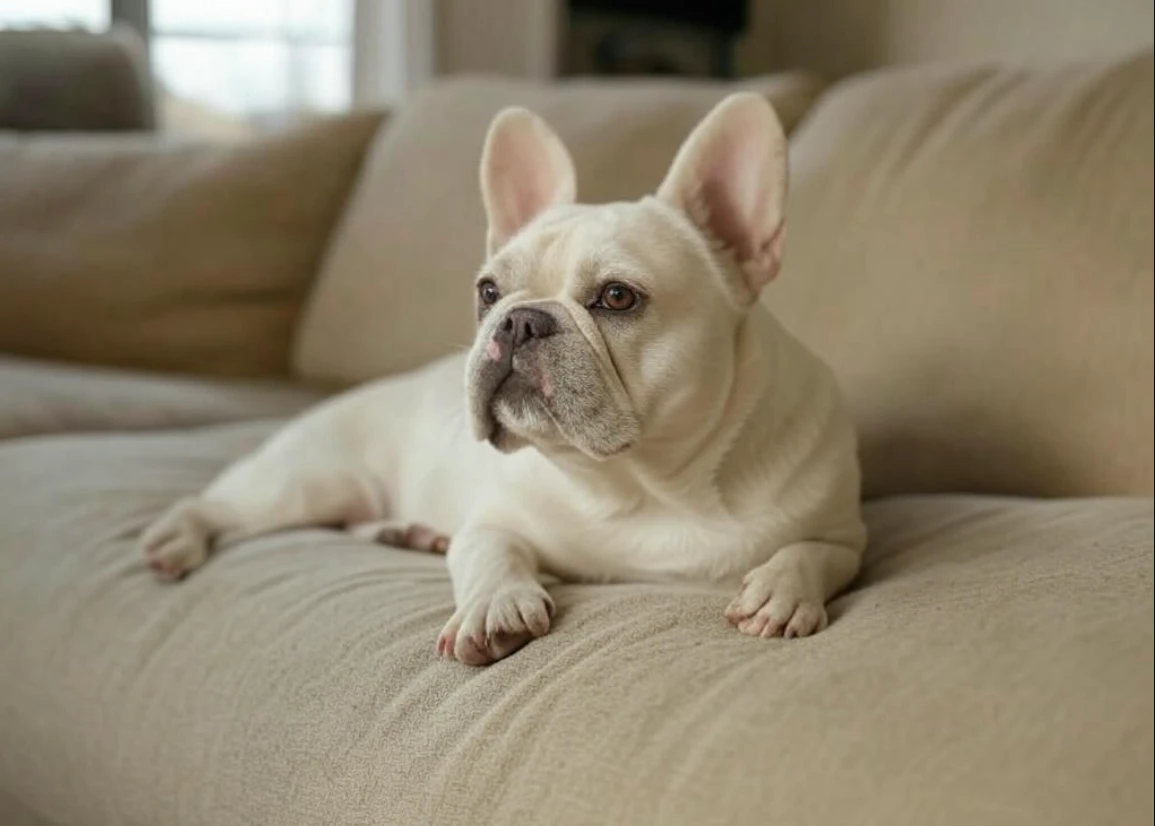
Fawn French Bulldogs have coats that range from light tan to deep reddish hues. Many have black masks around their muzzles, giving them a striking and distinguished appearance.
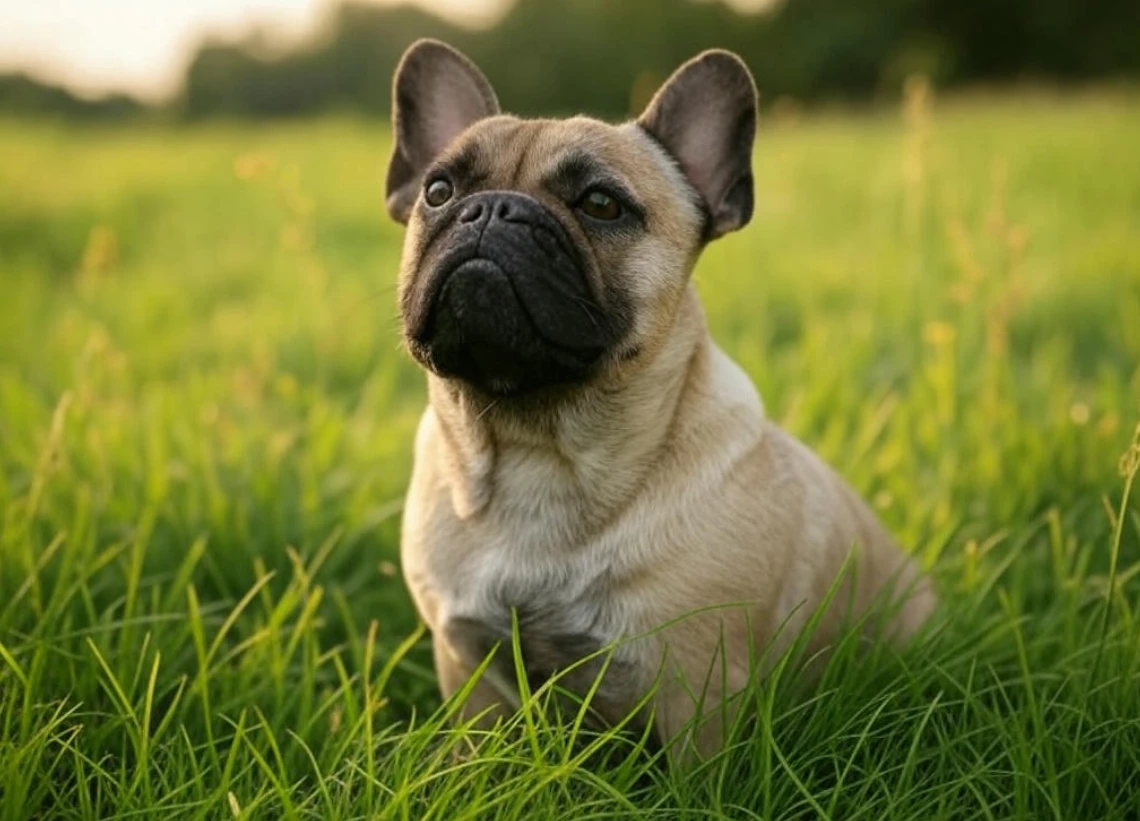
White French Bulldogs have completely white coats, sometimes with subtle cream undertones. Some may have dark noses and eyes, while others develop lighter pigmentation. White Frenchies can be prone to deafness due to a lack of melanin in their ears.
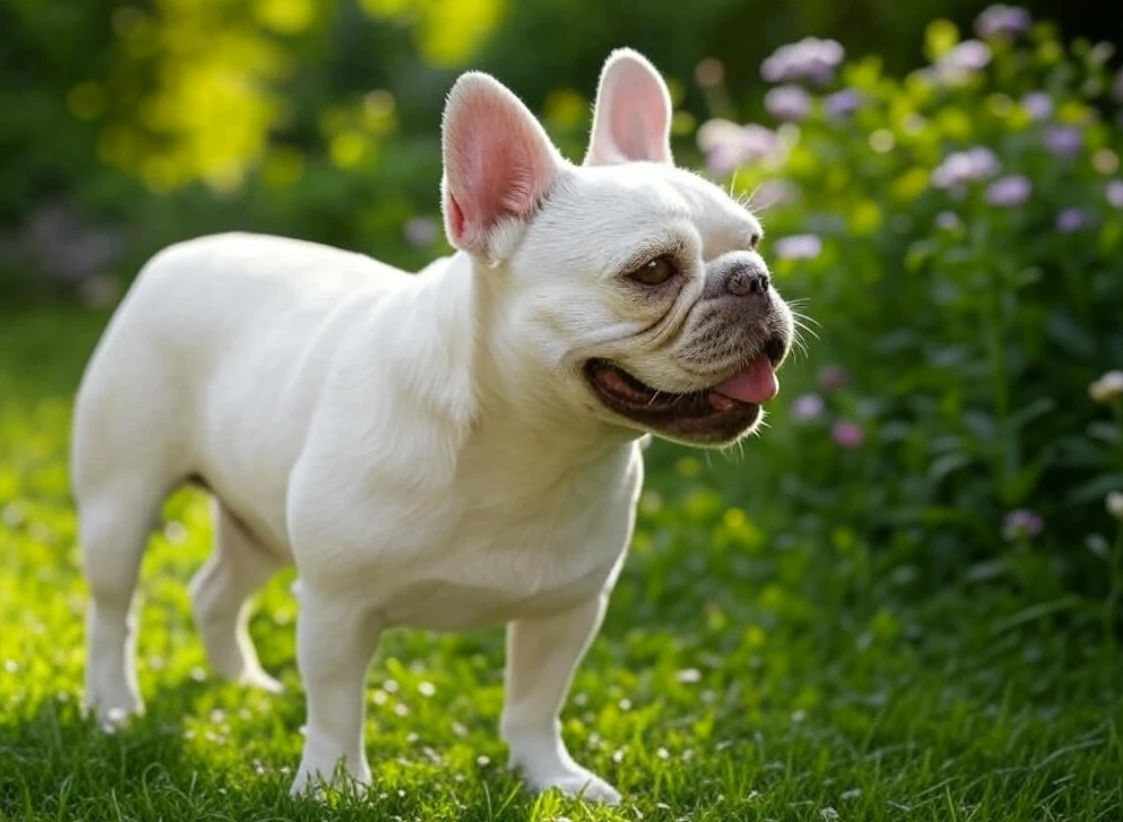
Beyond the standard colors, French Bulldogs come in a variety of unique and rare shades. These colors are often the result of specific recessive genes and selective breeding. While visually stunning, some rare colors are associated with genetic health risks.
Blue French Bulldogs have a grayish-blue coat due to the dilution of black pigment. This color is highly sought after but comes with the risk of color dilution alopecia (CDA), which can cause hair loss and skin issues.
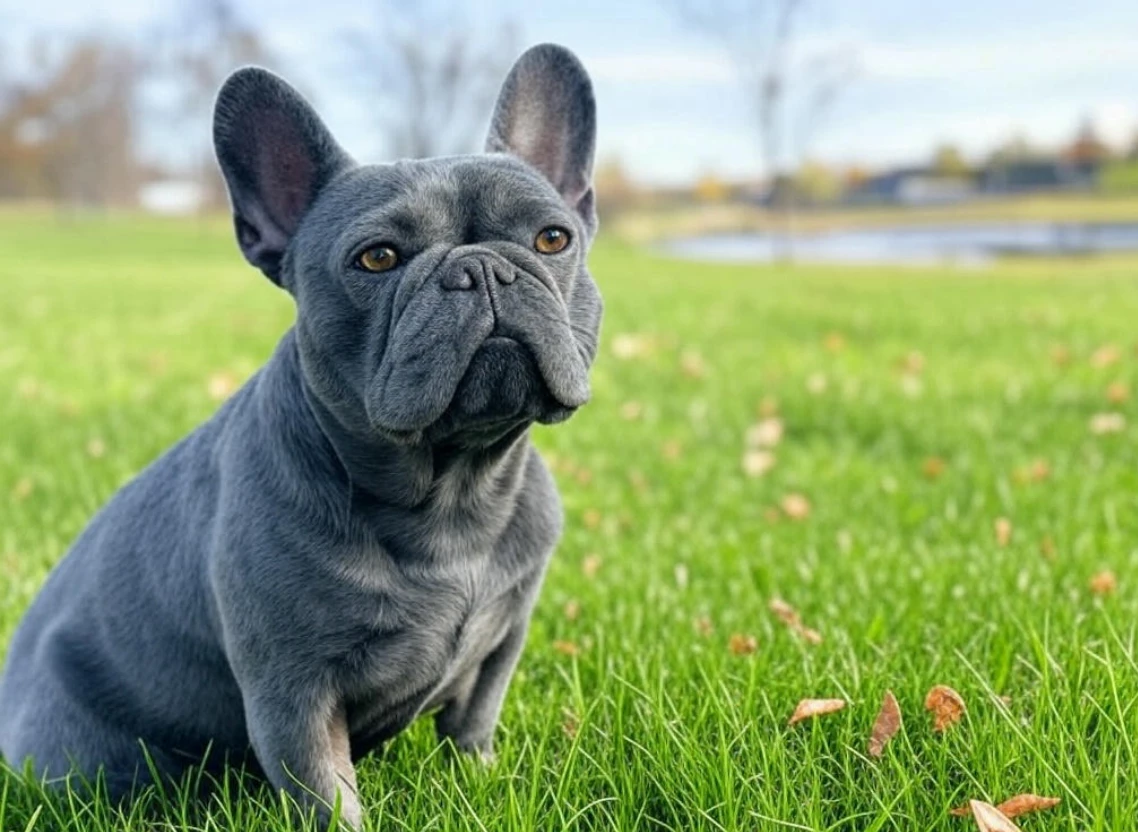
Chocolate-colored Frenchies have a deep brown coat resulting from a recessive gene. Their color can range from light milk chocolate to a rich, dark brown. These dogs are rare and often come with a high price tag.
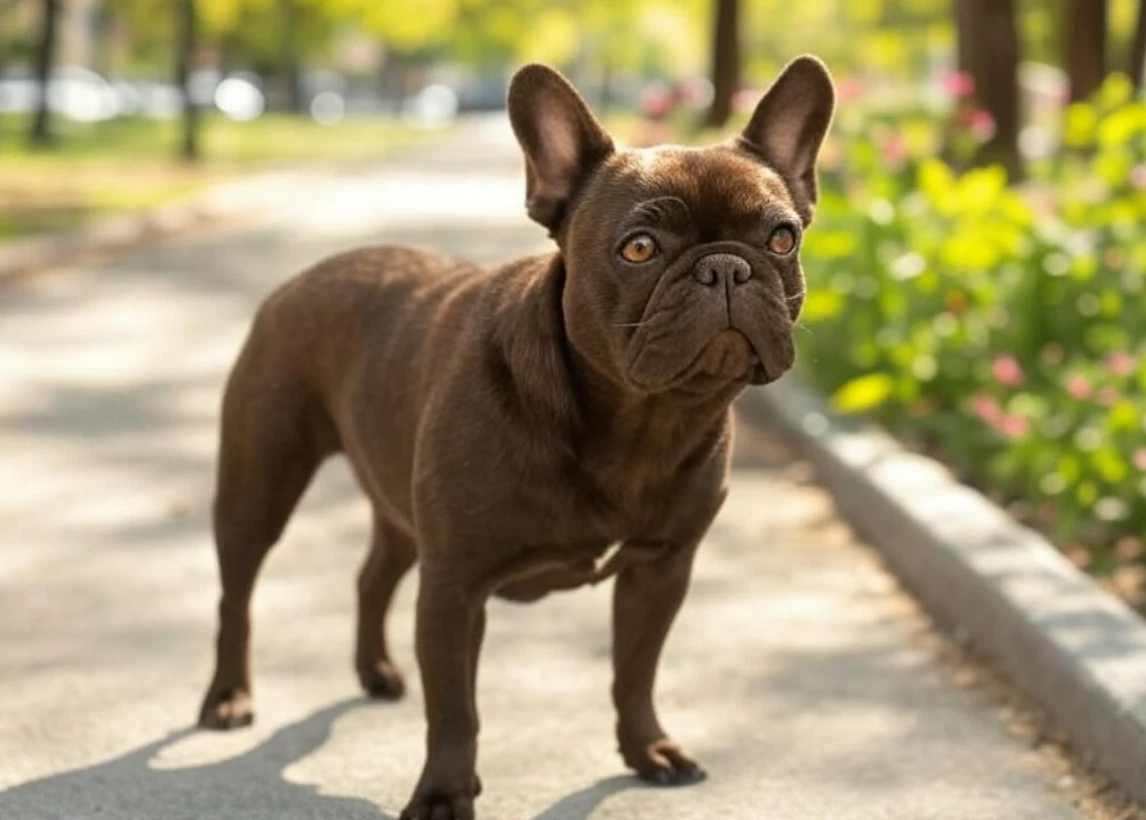
Lilac, also known as Isabella, is one of the most rare and expensive French Bulldog colors. These dogs have a pale, grayish-brown coat with light-colored eyes. Their unique shade results from the dilution of both black and chocolate genes.
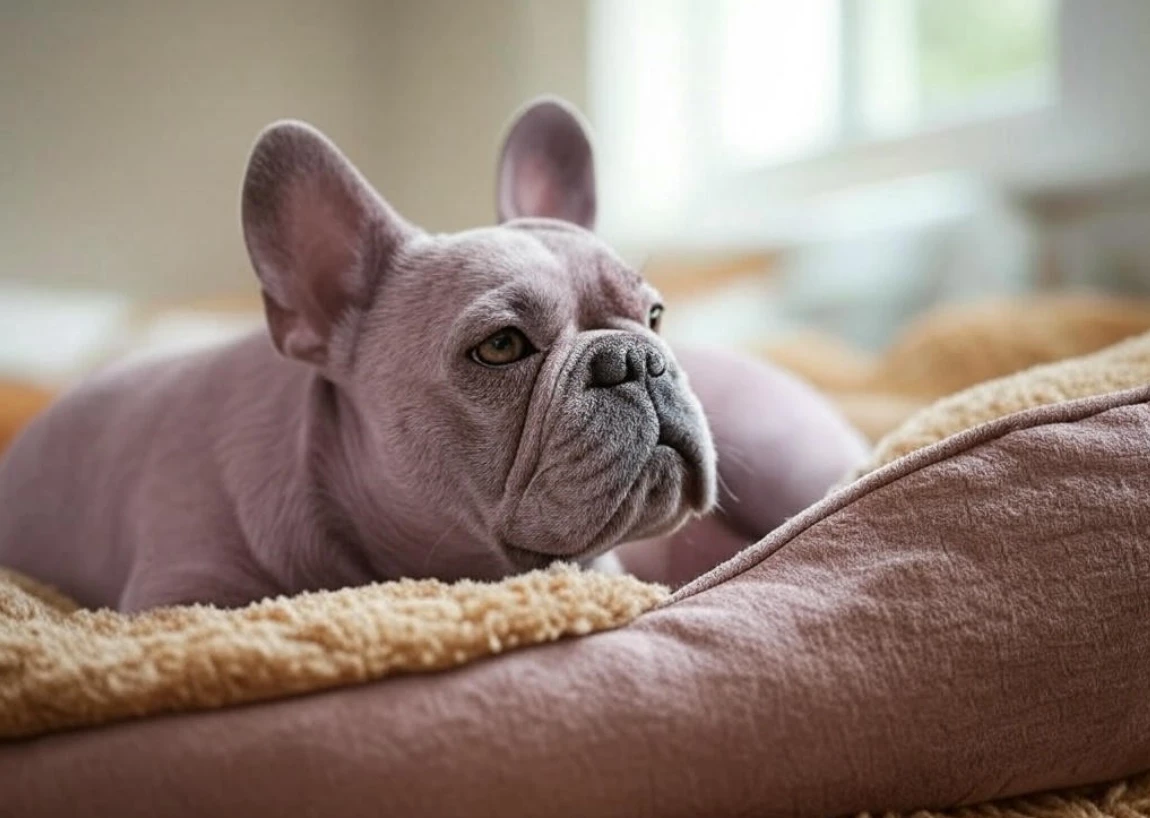
Black and tan Frenchies have a predominantly black coat with tan markings on their legs, chest, and face. This striking combination creates a high-contrast look that is not recognized by the AKC but is highly valued by Frenchie enthusiasts.
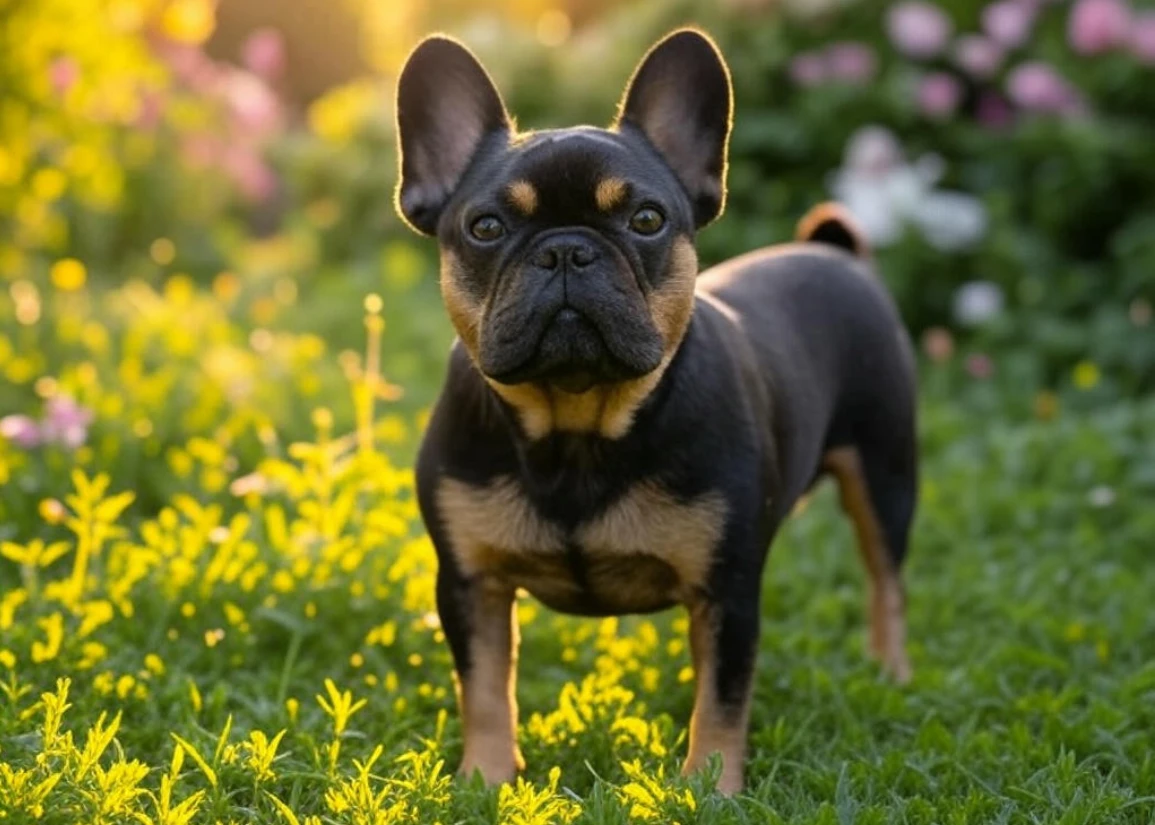
Merle French Bulldogs have a speckled or mottled coat caused by the merle gene. While beautiful, these dogs are at a higher risk of genetic health issues, including hearing and vision impairments. Breeding two merle Frenchies together can increase these risks.
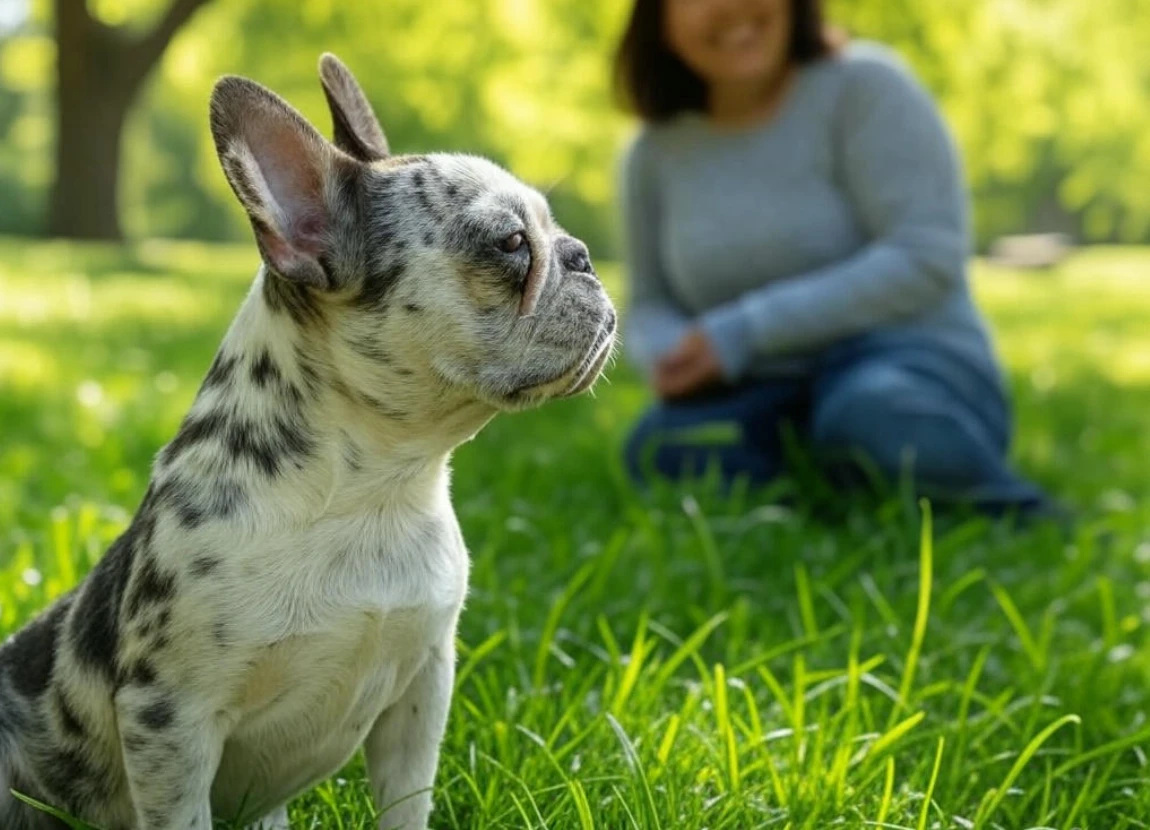
Several factors can impact a French Bulldog’s coat color beyond genetics.
French Bulldogs come in an incredible range of colors, from traditional brindle and cream to rare shades like lilac and merle. If you are choosing a Frenchie based on color, consider the following factors:
While coat color can influence a dog’s appearance, temperament and health should always be the priority when selecting a French Bulldog.
French Bulldogs are known for their wide variety of coat colors, ranging from standard brindles to rare lilacs and merles. The genetics behind these colors are complex, and certain shades are more prone to health risks than others.
For those seeking a show-quality dog, standard colors recognized by the AKC are the best option. However, if you are drawn to unique and rare shades, be sure to research potential health concerns and choose a reputable breeder.
Ultimately, while coat color is an exciting feature, what truly makes a French Bulldog special is its loving personality, playful nature, and companionship. No matter the color, a well-cared-for Frenchie will bring happiness to any home.